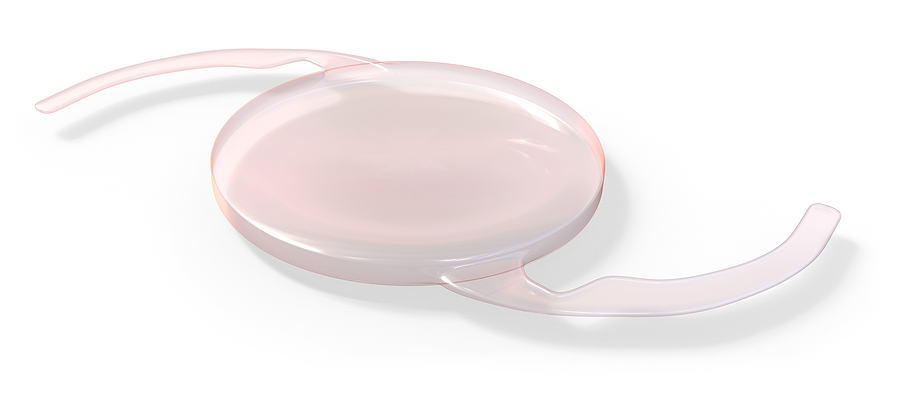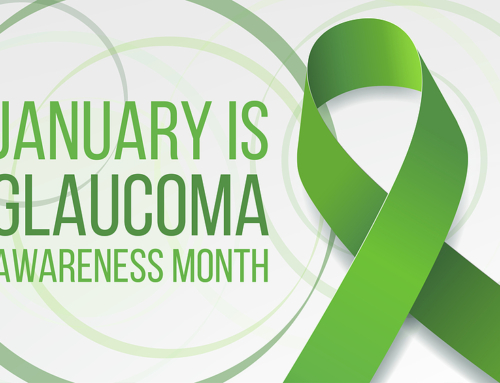Cataracts are a common age-related condition that can significantly impact vision. Fortunately, advancements in medical technology have led to a range of intraocular lens (IOL) options that offer improved vision outcomes and enhanced quality of life for cataract patients. Dr. Valeria Rubinstein practices in Midtown Manhattan and the Murray Hill area of NYC and is now scheduling appointments to help patients make informed decisions about their cataract surgery.
Monofocal IOLs:
Cataract surgery has traditionally used monofocal intraocular lenses (IOLs). They allow you to see clearly at a single, predetermined distance, usually close to or far away. Depending on the focus distance selected following surgery, individuals may still require glasses for reading or driving, even if monofocal IOLs provide good visual acuity.
Multifocal IOLs:
The purpose of a multifocal intraocular lens (IOL) is to correct vision at a variety of distances, including close, medium, and far. These lenses can make it easier and more versatile to do a variety of things without glasses, which is a huge time saver. With multifocal IOLs, patients often have good vision at varying distances.
Accommodating IOLs:
The accommodating intraocular lens (IOL) is designed to focus just like the eye’s own crystalline lens. With these lenses, patients may see clearly at varying distances without constantly adjusting their spectacles. Although accommodating intraocular lenses (IOLs) won’t guarantee that you not require glasses again, they can provide more vision flexibility than monofocal lenses.
Toric IOLs:
Astigmatism, a frequent refractive problem that can coexist with cataracts, can be corrected with toric intraocular lenses (IOLs). During cataract surgery, these lenses can precisely correct astigmatism since their powers vary along different meridians. Toric intraocular lenses (IOLs) may correct astigmatism and provide patients with better vision, especially at long distances.
Extended Depth of Focus (EDOF) IOLs:
Cataract patients now have a more recent alternative in intraocular lenses (IOLs): EDOF IOLs. These lenses reduce the frequency of halos and glare while increasing the range of vision, making them ideal for use at a variety of distances. Elevated depth-of-field intraocular lenses (IOLs) attempt to improve visual quality by creating a smooth transition between close, intermediate, and distance vision.
Choosing the Right IOL:
Talking to an ophthalmologist is crucial for patients thinking about getting cataract surgery and choosing an intraocular lens (IOL). Several factors come into play while deciding on an intraocular lens (IOL), including one’s way of life, visual requirements, eye health, and the existence of any other eye diseases. During pre-operative consultations, it is important to talk about the risks, benefits, and anticipated results of the procedure. Dr. Valeria Rubinstein can determine the most suitable IOL for your individual needs.
If you’re considering cataract surgery or have questions about IOL options, schedule a comprehensive eye examination with an experienced ophthalmologist at New York Medical and Surgical Eye Care and explore the best treatment plan tailored to you. Remember, informed decisions lead to better outcomes and a brighter vision ahead.








